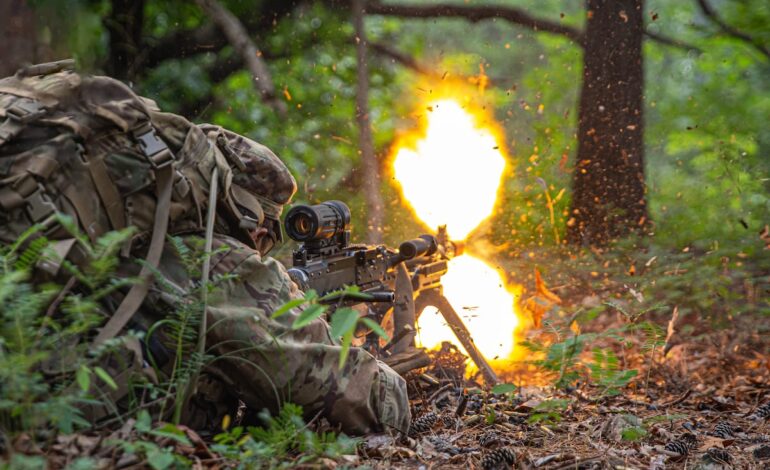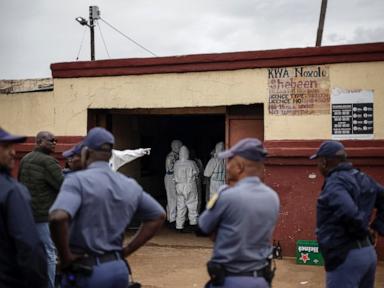US Army 2025 Conference Unveils Major Modernization Plans

The Association of the United States Army (AUSA) held its annual conference from October 13-15, 2023, in Washington, D.C., drawing defense leaders, lawmakers, and military personnel from around the world. This year’s event focused on the modernization of the U.S. Army, addressing emerging threats and the necessity for advanced technologies in combat scenarios. The conference highlighted various themes, including next-generation weaponry, personnel training, unmanned systems, and enhanced defense capabilities.
The ongoing conflict in Ukraine continues to shape military strategies, as the war emphasizes the need for rapid advancements in battlefield technology. The Army’s discussions underscored the urgency of adapting to evolving threats, particularly in the context of Russia’s actions and increasing tensions in the Indo-Pacific region, with territorial disputes involving China. Additionally, instability in the Middle East, marked by conflicts involving Iranian proxies and the ongoing situation in Gaza, remains a focal point for military strategy.
Modernization Initiatives and Key Innovations
One of the significant announcements was the introduction of the Army’s new command software, the Artillery Execution Suite (AXS), which aims to streamline artillery operations. During tests with the 4th Infantry Division at Fort Carson, Colorado, soldiers utilized AXS with the M777 howitzer, demonstrating its potential to significantly reduce the “kill chain,” or the time taken to engage a target.
In a candid opening address, Dan Driscoll, the Army Secretary, addressed procurement challenges, using strong language to call out inefficiencies in the Army’s purchasing system. Driscoll emphasized that corruption among contractors compromises soldier safety and underscored the imperative for reform in acquisition processes.
Another highlight was the announcement regarding the next-generation M1E3 Abrams tank. A representative from General Dynamics revealed that a pre-prototype version would be delivered for testing by the end of 2026, marking a significant milestone in the Army’s modernization efforts.
Training and Personnel Developments
The AUSA conference also served as a platform for discussing improvements in training programs. Boeing and the Italian firm Leonardo announced a partnership to revamp the Army’s flight training program through their proposal for the Flight School Next initiative. This new approach aims to enhance flexibility in rotary-wing training, focusing on core skills using a single-engine helicopter.
In addition, new equipment developments were showcased, including advancements in soldier gear, such as lighter body armor and cold weather gear. The Program Executive Office-Soldier highlighted ongoing projects aimed at ensuring soldiers are well-equipped for various operational environments.
Moreover, the Army is expanding its Military Occupational Specialty (MOS) program, allowing recruits with specific civilian skills to bypass elements of basic training. With the addition of 17 new job specialties as of October 1, the total number of eligible jobs under this initiative has reached 60.
The Army is also restructuring its infantry brigades, converting 25 Brigade Combat Teams into Mobile Brigade Combat Teams over the next two years. This transformation is part of a broader initiative to enhance operational capabilities in response to modern threats.
As the conference concluded, Army leaders reiterated the need for greater focus on improving living conditions for service members. A new “barracks task force” was established to address the long-neglected standards of military housing, ensuring that troops live in adequate conditions that prioritize health and well-being.
The AUSA conference offered a comprehensive overview of the U.S. Army’s strategic direction and modernization efforts, emphasizing the importance of rapid adaptation to contemporary warfare dynamics. As military leaders continue to navigate complex global challenges, the Army’s initiatives aim to enhance readiness and effectiveness in future conflicts.






